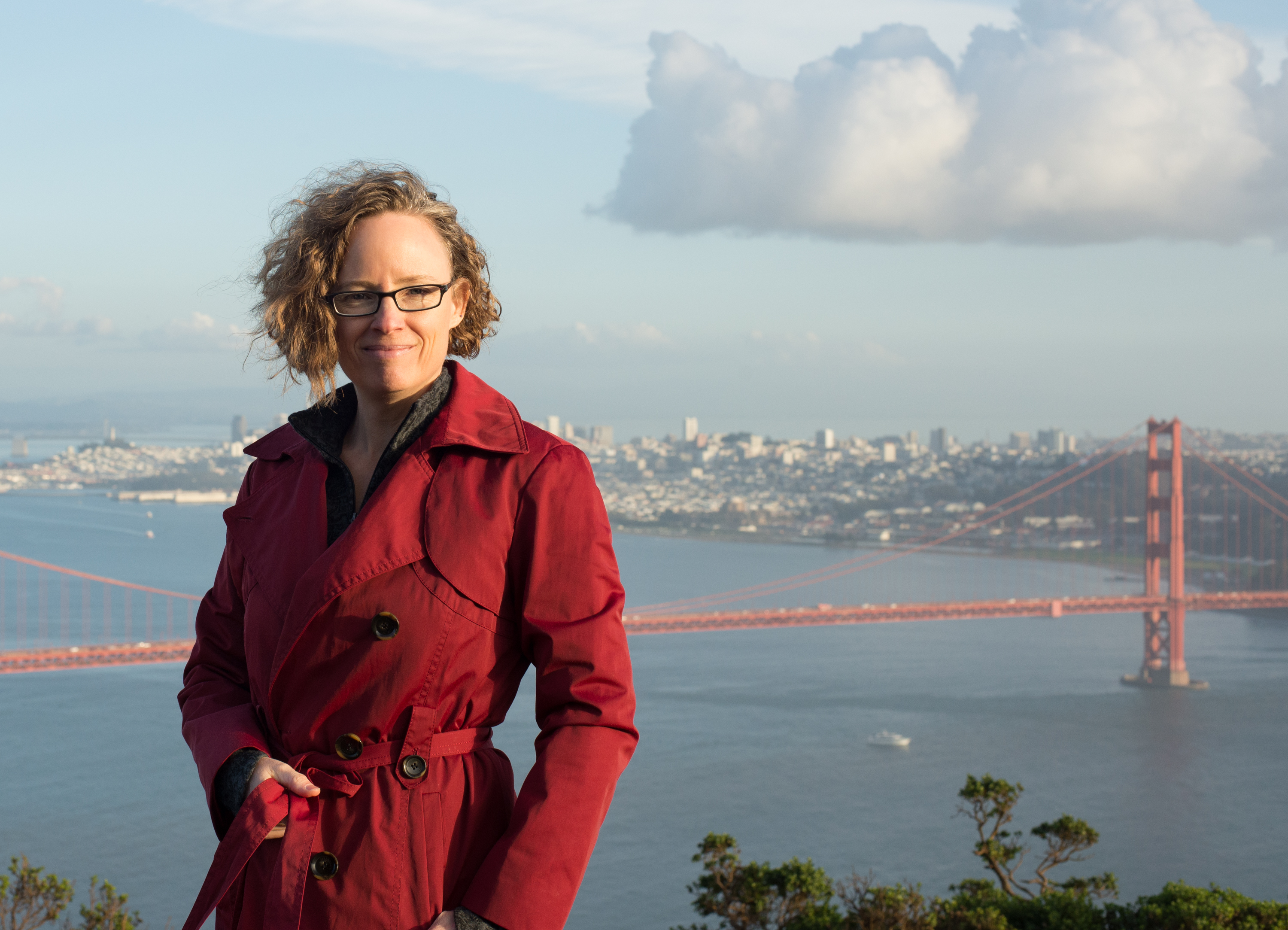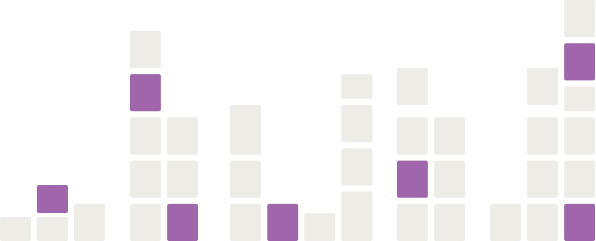
30 years of growing this method
Product & service design teams rarely enjoy the reward of making things better for people. They feel trapped in endless speeding cycles. Leaders wonder why the solutions don’t capture the market.
You need a foundation for the existing methods: Strategy Research
For the past three decades, Indi’s work has reshaped how UX and product teams think—not just about “users” but about real people, their thinking styles, and what actually supports them.
Indi’s Bio

[short version] Indi is a solution strategy researcher who created a method that lets teams clarify, measure, and grow their solutions and audience based on thinking styles. She works with teams on knowledge-building projects. She also teaches six applied research courses, writes books & essays, makes talks and podcast appearances, and pens helpful posts on LinkedIn.
Indi is a solution strategist who uses applied qualitative data science to measure the value of solutions to people and increase the variety of people an org supports. She created her mental model skylines and thinking styles method over a 30-year span.
Indi spends the majority of her time helping spread techniques, confidence and humanity among UX and Product practitioners. She works with teams on knowledge-building projects, helping them with strategic approaches. She also teaches six applied research courses on the method, such as listening deeply and qualitative data synthesis.
Indi’s method is focused on people, not users. (She is not a designer nor a design researcher.)
The mental model skylines that she pioneered are opportunity maps showing people’s approach to a purpose aligned with the support a solution provides–or doesn’t. She helps teams find thinking styles, with careful attention to resisting assumptions and representing the interior cognition of people in their own context. Teams can then measure the level of support they provide people as they address their goals using their thinking style.
Indi intends to help the field move toward creating a small variety of solutions to the same goal, in support of the thinking styles the team finds.
Indi has written three books, Time to Listen (2022), Practical Empathy (2015), and Mental Models (2008).
She was a co-founder of Adaptive Path, the pioneering UX agency from 2001-2014.
You can follow Indi on LinkedIn, Bluesky, Instagram, Medium, her newsletter, and access many resources on her website indiyoung.com.
Indi’s Accomplishments
- Indi has given over 60 presentations at public conferences globally (8 of these were keynotes), and she has given 16 presentations at private conferences (6 of which were keynotes). Indi has been a guest on 43 shows and met with 111 small groups as a part of her effort to be there for meetups, learning orgs, and team chats.
- 2024: Focused on learning the language of strategy, and of product folks, Indi relaunches the website. Finally created a home page. Changed name of the diagram to “mental model skyline.”
- 2023: It took almost the whole year to create the jewel of the courses, Part 2: Qualitative Data Synthesis (Cultivate Emergent Patterns). Indi runs a Practice Group on the topic at the end of the year. Amyris Fernandez and team finish the translation of Time to Listen in Portuguese, and it is published in Brazil & Portugal.
- 2022: Indi edits and publishes the book Time to Listen, and converts the first two courses to short videos with closed captions, materials, and online quizzes, as well as a Live Practice Group Meeting format. She continues to speak and appear as a guest on podcasts.
- 2021: Indi writes the first draft of a third book, Time to Listen, and polishes the concepts and content of the online courses in preparation for an updated, more accessible format; works with client to produce employee thinking styles
- 2020: counts the 58th opportunity map Indi has created for a client
- 2018: Indi begins building a series of live online training about listening skills, synthesis, creating mental model diagrams & thinking-style segments; she adopts the term “opportunity map” suggested to her by several practitioners at big tech companies.
- 2016: Indi narrates Practical Empathy for Audible.
- 2015: Indi’s second book, Practical Empathy, is released.
- 2008: Indi begins offering workshops to organizations; she continues to do freelance research for clients.
- 2008: Indi’s book Mental Models is published as the first Rosenfeld Media book, introducing the problem space research method to a wider audience
- 2006: Indi returns to her own freelance consulting, doing research studies, mental model diagrams, and gap analysis for many clients.
- 2001: Indi is a founding partner of Adaptive Path, the pioneering UX agency responsible for knowledge sharing via many channels, notably the much-loved UX Week conference. Indi conducts research, creates mental model diagrams, and teaches everyone she can how to see opportunities in the gaps between the mental models and the business capabilities meant to support them.
- 2000: Indi draws the first version of a mental model diagram, to show a client how their product supported (or didn’t support) their B2B customers (geospatial data).
- 1997/99: Indi polishes her practice of non-directed interviews with people who are addressing their purpose; to appeal to product and business managers, Indi transitions from “conceptual model” to “mental model,” a representation of what the users are trying to accomplish and how they can accomplish it, looking beyond just the tool design.
- 1996/97: Indi works for a year as a UX designer for Ikonic, and introduces UI models to the directors, developers, and PMs there; she flips from top-down structure to bottom-up, because the top-down, ivory tower (“cloth office cube”) approach does not take into account the real-life breadth of “atomic tasks;” she creates functional documents for UI based on “conceptual models” made up of these atomic tasks
- 1996: Indi evolves the task model to a “UI Model” for Colloquy, intrigued by the “task analysis” method from part of a BayCHI talk given by researchers from the Stanford Knowledge Systems Lab.
- 1993: Indi is determined to shift bank stakeholders to focus on the user, and creates a state machine of Visa call center reps tasks as they transition a desperate cardholder from having lost their card to gaining a replacement; stakeholders grasp the state machine as a less-complicated way to understand the system requirements (a 321-page document).
- 1992: Indi begins freelance work, starting with apps in the PenPoint tablet by Go (early handwriting recognition).
- 1989: Indi moves into interaction design, in Unix, during the Motif vs XToolkit+ competition.
- 1987: Indi begins her career as a software engineer.
- 1987: Indi starts her masters in Computer science at CSU Fort Collins, then quits because she wanted to push interaction design forward. (This was before any UX programs existed!)
- 1987: Indi gets her degree in Computer Science from Cal Poly San Luis Obispo

